Key Differences Between Needle and Shuttle Tatting
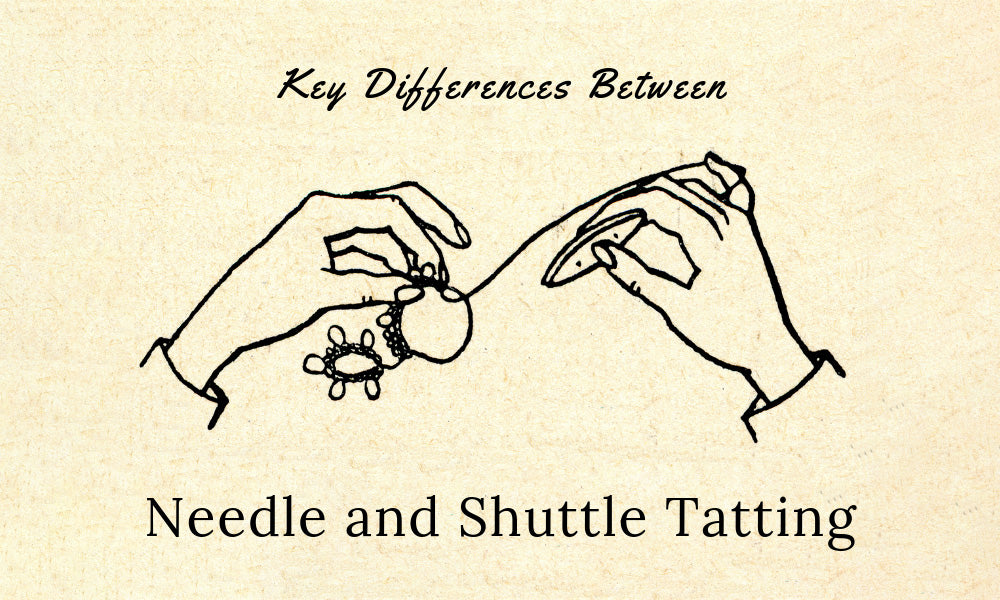

If you’re hoping to start and refine your abilities on a new type of needlework, you should think about tatting. A way of lace-making, tatting is a technique that more experienced crafters turn to as a way to switch up their daily crafting. There are generally two different kinds of tatting techniques—shuttle or needle. And though the finished product may look the same, the execution for each is incredibly different. Here you’ll find the differences between needle and shuttle tatting to help you on your journey to find the right tatting methods for you.
Shuttle Tatting
Shuttle tatting is the oldest method of tatting, so long-time tatting lovers consider this technique the “true” type of tatting. Crafters do this with a tool called the shuttle, which helps you manage and manipulate the thread a bit differently than you can with the needle. Since they come in various shapes and sizes, they can hold a larger amount of thread, so projects require less weaving in.
Pros of Shuttle Tatting
Crafters make stitches directly on the thread
When you’re able to make stitches directly on the thread, you can make your project as small as you want. You won’t need to worry about matching shuttle to thread either!
Sturdier lace
Since crafters create the stitches right on the thread and you don’t need to take it off the needle, you’ll end up getting sturdier lace. This is important for those projects that will experience a lot of wear.
Portable
When you bring your shuttle with you, you can tat wherever you go. Especially for those that can use two shuttle instead of going off the ball, craft therapy is available all day, every day.
Cons of Shuttle Tatting
It’s a bit more difficult to learn
Mastering shuttle tatting can be somewhat difficult for people than needle tatting. Feeling at ease with the shuttle can be difficult, especially when it comes to mastering the “flip” and closing rings.
Undoing mistakes is a pain
One of the things that make shuttle tatting difficult for beginners is that when you make a mistake, it can be hard to undo. Since stitches are so tight, unraveling it can be time-consuming. Typically, beginners start with needle tatting for this reason.
Needle Tatting
Many refer to needle tatting as a simpler way to tat. For this technique, crafters form stitches onto a special needle and then pushed off to create rings and chains. Just like how shuttles come in different shapes and sizes, so do tatting needles. The gauge of the needles ranges from very thick for heavier threads and yarn to incredibly fine for very delicate lace projects.
Pros of Needle Tatting
Easier to learn
The movement of needle and thread tends to be a lot easier to understand. For those learning to tat on their own, needle tatting ends up being more intuitive—the slip and slide of the shuttle isn’t normally as fluid for beginners.
Less strain on hands
Shuttle tatting is hard on hands, but needle tatting doesn’t require as tight a grip or the complete finish of an element. Needle tatting allows for breaks and less strain on the hands.
Control the look of a project
Since you have control over the needle size, you also get more control over the look of the project. Smaller needles emulate shuttle tatting projects, whereas thick needles allow for a softer piece—it’s up to you!
Cons of Needle Tatting
Can unravel easier
Due to the way needle tatting stitches form, the possibility of an unraveling is much higher. This tends to heavily impact newer tatters, but as you get better, it doesn’t have as much of an effect.
Stitches are only as fine as the needle
Even if you get a small needle, your piece may still not get as tight as it would if you were making the stitches directly on the threads.
For all of your tatting needs, head to Lindley General Store. For those just starting a project, we have tatting books, tatting needles, and more!



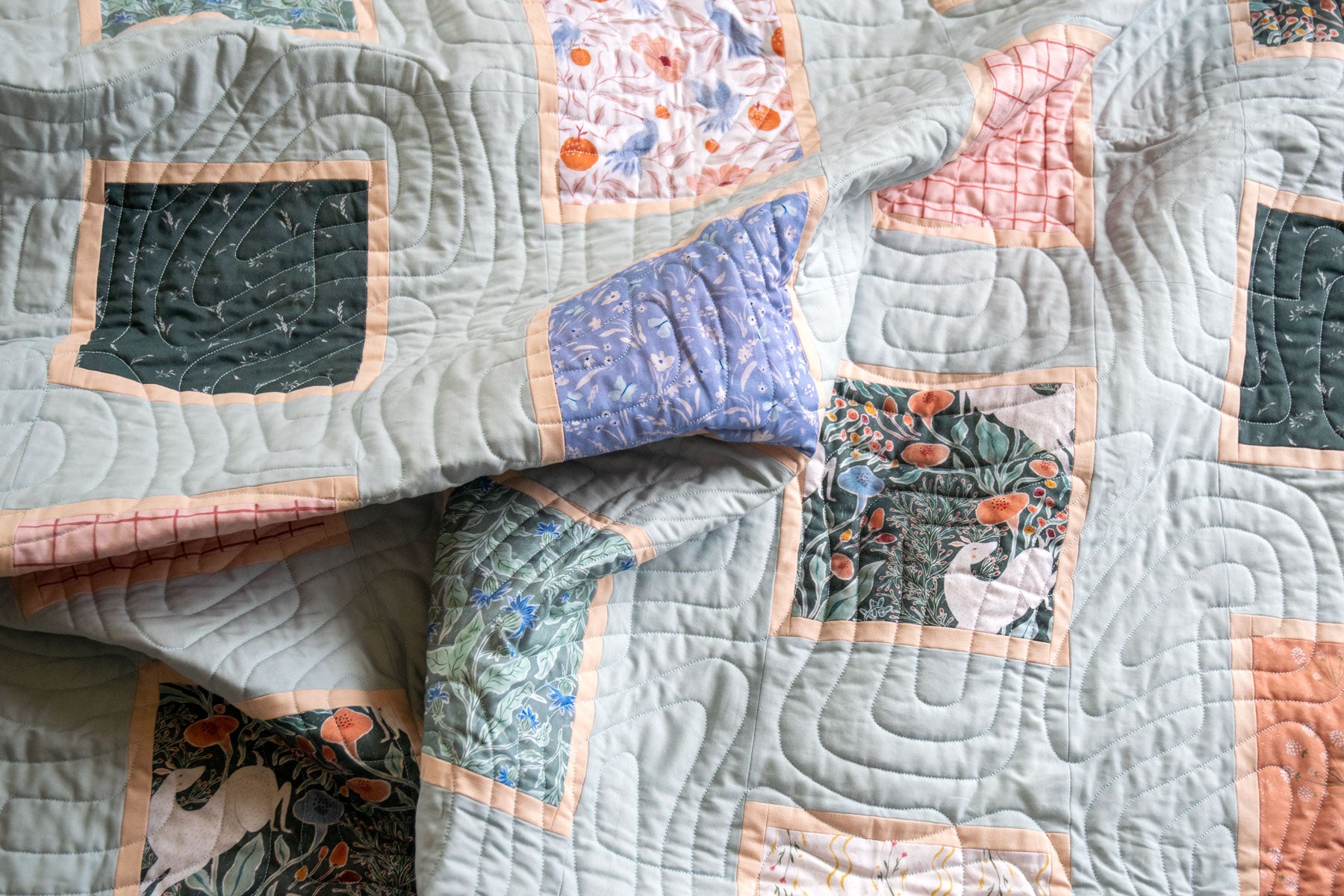

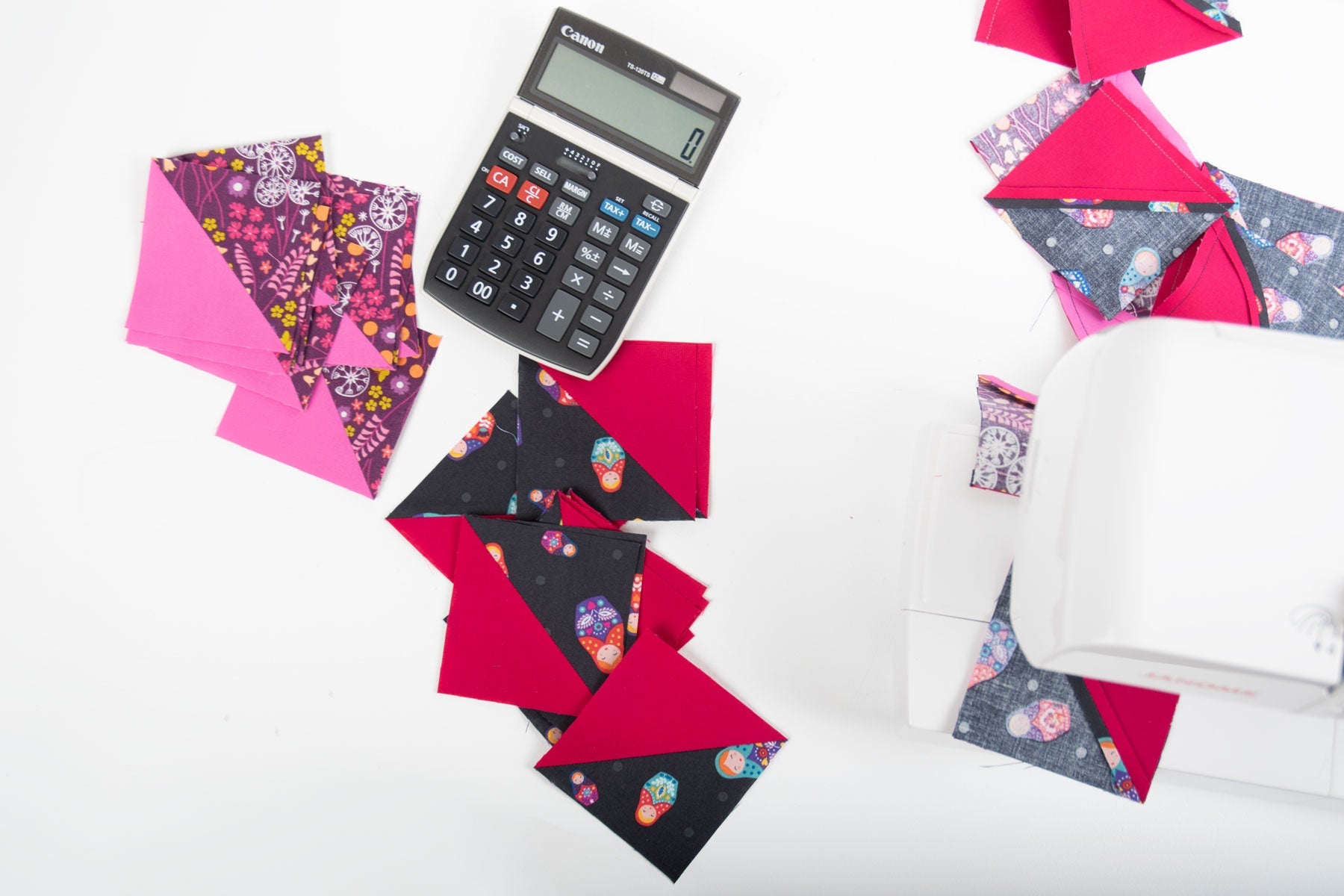
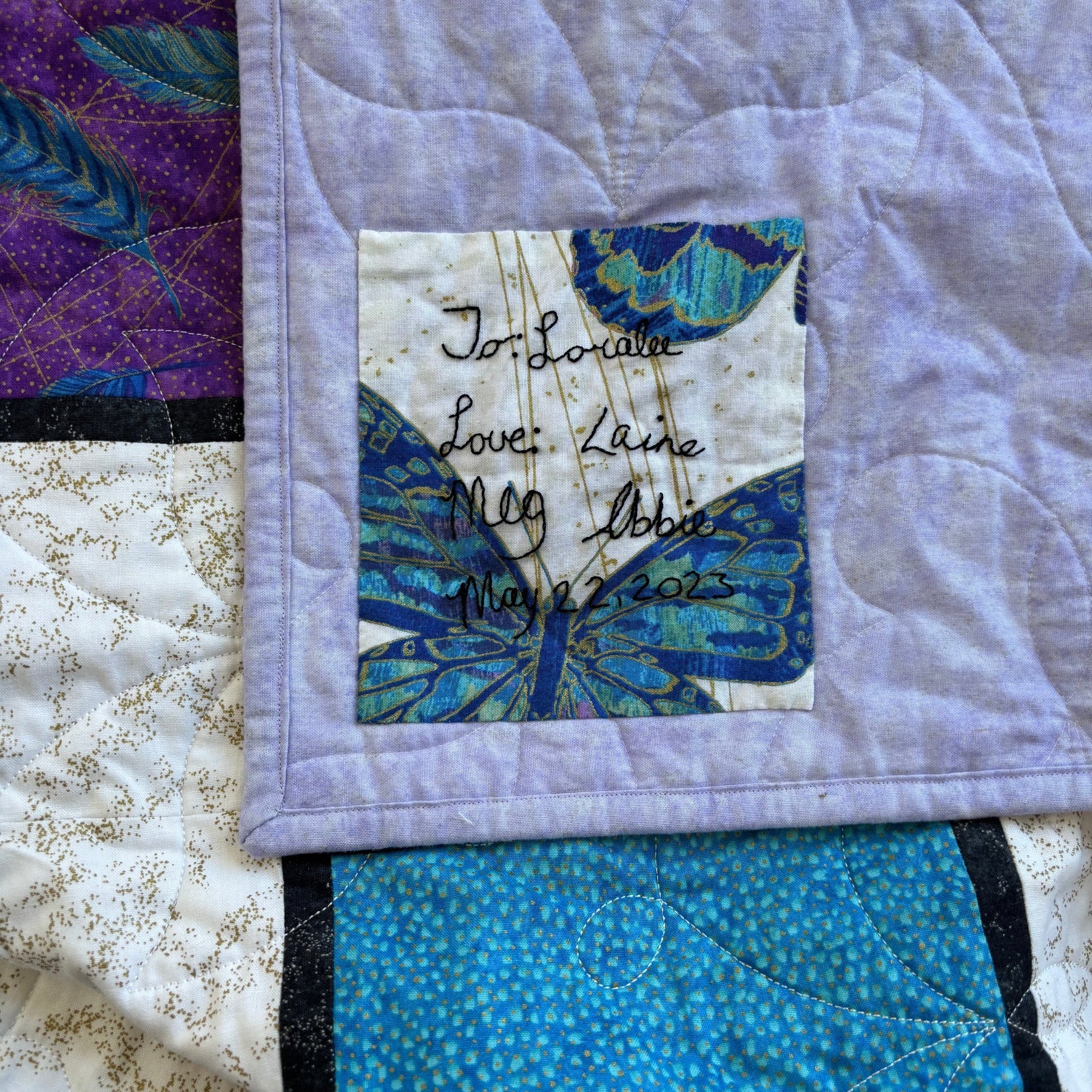
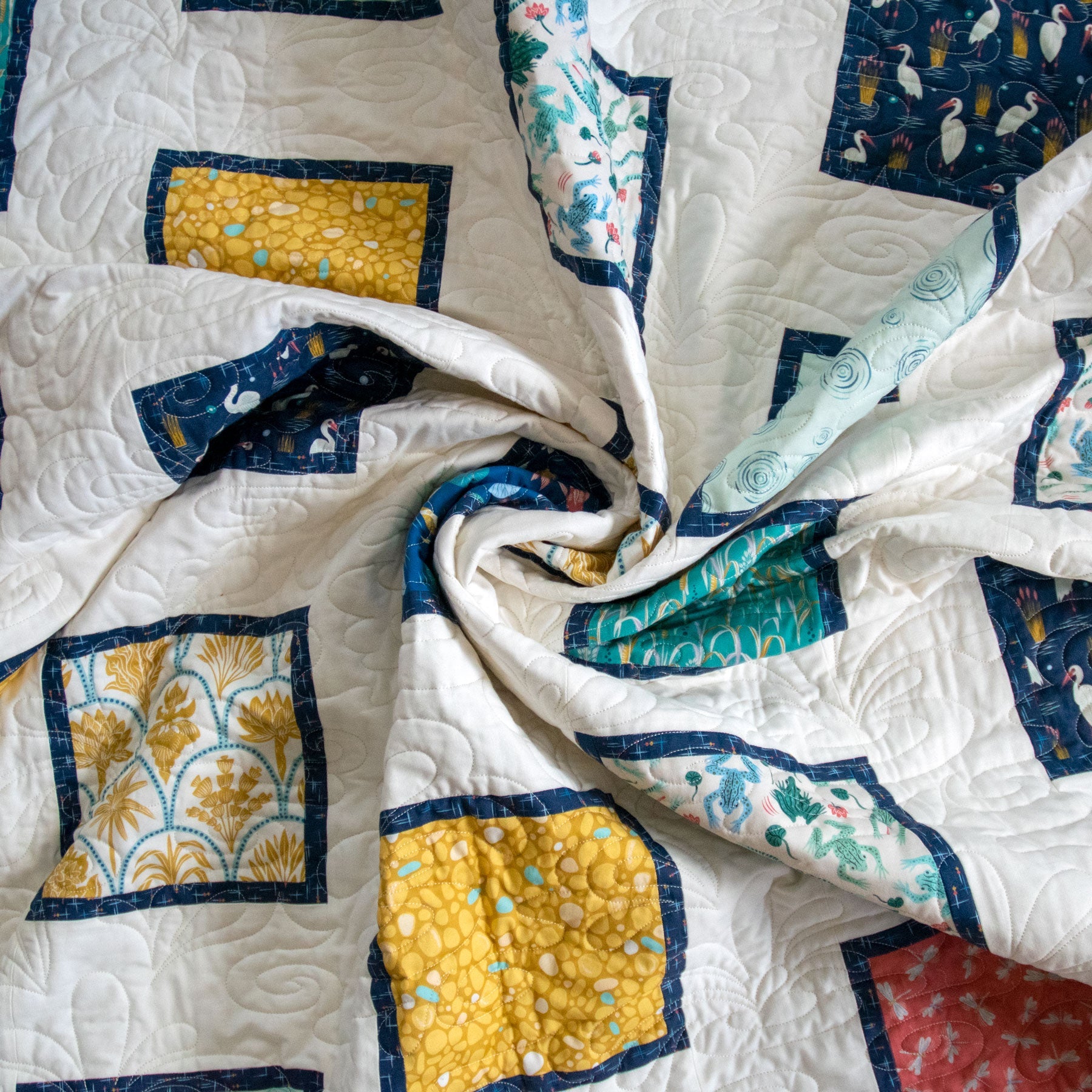

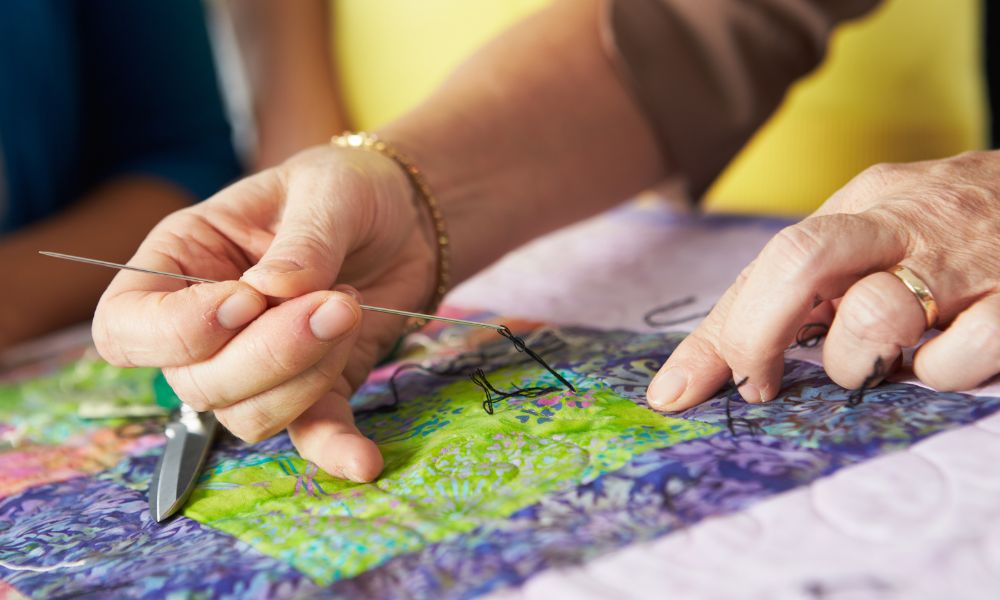
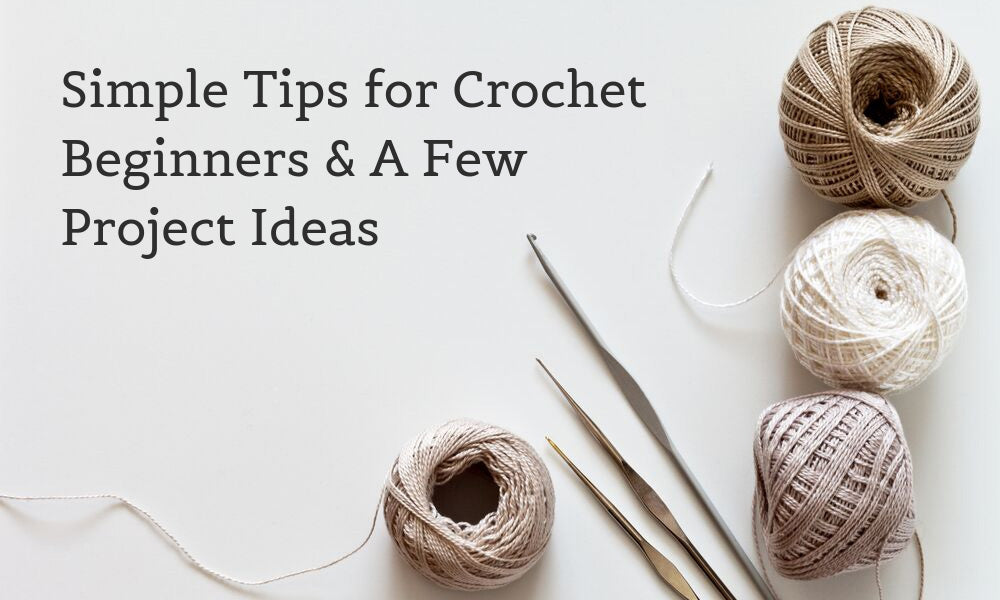
Comments